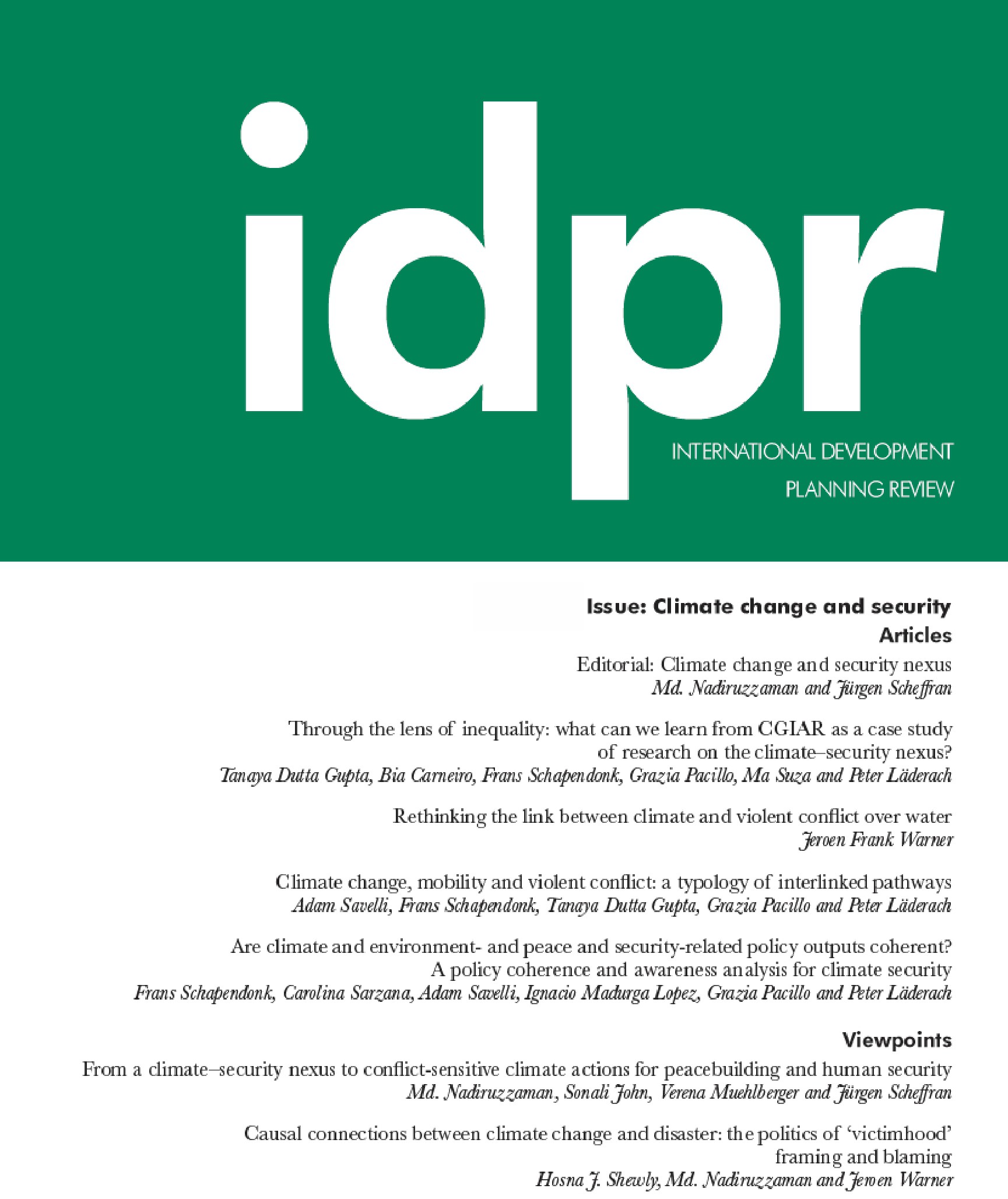HUMAN CAPITAL EFFICIENCY AND PROFITABILITY: WITH SPECIAL REFERENCE TO SELECTED SAVING AND CREDIT CO-OPERATIVE OF KAPILVASTU, NEPAL
Abstract
Abstract
The study offers insights on the impact of human capital efficiency on the profitability (ROA and ROE) of saving and credit co-operative in Kapilvastu, Nepal. The paper has used Pulic (1998) value-added intellectual capital (VAIC) model to measure the efficiency of Human Capital Efficiency (HCE) that can be ascertained through quantitative assessment using secondary data collected from the sample co-operative financial statement. The data used for the analysis of the study has been collected from the annual report as well as researcher direct visit in co-operative. The period considered for the study is from 2016 to 2020. To find out the impact of Human capital on profitability simple regression analysis, Karl Pearson correlation coefficient, and t-test analysis has been conducted. The finding infers that human capital efficiency should be Significant association on Return on Assets (ROA) in Swabhiman saving and credit co-operative. But positive association with insignificant on Return on Equity (ROE) and Return on Assets (ROA) in Swabhiman, Merit and Siddhartha saving and credit co-operative. Finding from this study may be useful to co-operatives managers to make better decision pertaining to the proper deployment of their strategic asset, namely human capital.






